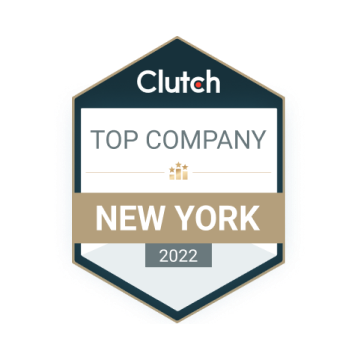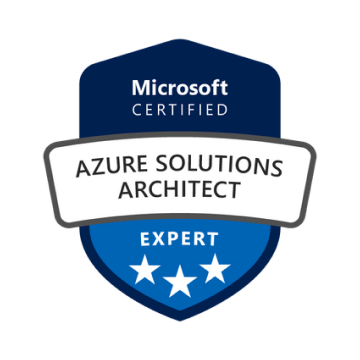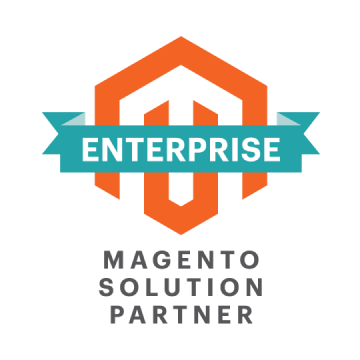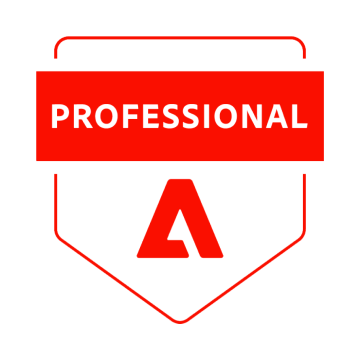Dental IT Solutions
Dental groups and DSOs come to us to make their tech work as one system – not a patchwork. We connect practice management and EHR/EMR platforms (e.g., Dentrix, Eaglesoft, Open Dental), imaging/PACS, billing, and analytics so operations run without constant handoffs. Our team audits the current stack, traces data flow, and fixes the points that create schedule bottlenecks, claim delays, and support tickets. Then we implement integrations, automations, and reporting that cut front-desk workload, reduce no-shows, speed charting, and improve cash flow. The result: reliable systems, clear numbers, and teams free to focus on care – practical Dental IT solutions that pay off in daily operations.

Our Offerings
Practice & EHR Interoperability
We connect practice management and clinical systems – Dentrix, Eaglesoft, Open Dental, imaging, patient comms, and billing – so data moves cleanly across appointments, charting, and claims. Using APIs/HL7/FHIR where available, we build a single patient record, map codes and picklists, and set up event-driven syncs (e.g., new patient → chart creation → imaging order). For DSOs, we normalize locations, providers, and payer IDs to support multi-site reporting and faster onboarding after acquisitions.
Revenue Cycle & Claims Automation
We tune the full claim path: eligibility checks before the visit, fee schedule and CDT updates, rules-based scrubbing, electronic attachments (X-rays, perio charts), and ERA/EFT posting with smart denial queues. Worklists surface what needs attention by payer, location, or code. The outcome is fewer reworks, shorter AR cycles, and clearer visibility into production, collections, adjustments, and write-offs.
Imaging & PACS Connectivity
We bridge PM/EHR systems with 2D/3D imaging and PACS so orders, images, and reports are linked to the right patient every time. DICOM routing, device drivers, and viewer launch settings are configured for quick access chairside. Storage policies move large CBCT files across hot, warm, and archival tiers to control costs without losing speed where it matters. Backups and recovery are tested against real clinic scenarios.
Data Platform & Operational Analytics
We build a central data layer that merges schedules, charges, claims, imaging metadata, and patient comms. Standardized KPIs – production per provider/hour, case acceptance, hygiene reactivation, payer mix, AR aging – feed role-based dashboards in tools like Power BI or Looker Studio. Forecasts highlight no-show risk, recall gaps, and supply needs, so managers can act before revenue or chair time is lost.
Patient Access & Communication Tech
Online scheduling respects chair time rules, provider skills, and insurance constraints. Digital forms and e-sign flow into the chart, so the front desk spends less time on manual entry. Reminders, recalls, and two-way texting reduce no-shows and keep treatment plans moving. For urgent cases or remote consults, teledentistry slots and secure image sharing help triage quickly and keep cases on track.
Cloud & Security Foundations
We plan and run the core stack: hybrid or cloud hosting for PM/EHR and imaging, identity and access controls (SSO/MFA), device management, and patching. Backups follow the 3-2-1 rule with defined RPO/RTO, and disaster recovery is drilled outside clinic hours. Continuous monitoring, phishing training, and HIPAA-aligned policies reduce risk while keeping staff workflows simple.
How We Bring Value To Your Business
We focus on the operational levers that move revenue, chair time, and risk – then build the data and workflow changes that make those gains stick.
1
Higher Visit Completion Rate
We reduce no-shows by connecting online scheduling, rules for chair time and provider skills, and two-way reminders. Waitlists auto-fill canceled slots. Digital forms write back to the chart, so check-in is quick and staff spend less time on data entry. The result is steadier schedules and fuller operatories.
2
Faster Charting & Imaging Access
We wire PM/EHR, imaging, and PACS so charts launch the right viewer with the right study, and templates/macros speed documentation. Device routing and storage tiers keep large CBCT files fast where needed and economical in archive. Clinicians move through exams without hunting for images or retyping findings.
3
Quicker Reimbursement & Cleaner Claims
Eligibility checks run before the visit; fee schedules and CDT codes stay current; claim scrubbing applies payer-specific rules; required attachments (X-rays, perio charts) are added automatically. ERAs post back with clear denial queues. AR aging shrinks, and teams focus on exceptions instead of rework.
4
Unified Data for Multi-Site Decisions
We create a central data layer with standardized providers, locations, payers, and codes. Dashboards show production per provider, case acceptance, payer mix, hygiene reactivation, and supply trends. Leaders see the same numbers across sites and can act on recall gaps, scheduling choke points, and margin by procedure.
5
Lower Support Load & Predictable IT Ops
We standardize endpoints, automate patches, and monitor the stack end-to-end. Clear runbooks and role-based access cut ticket volume and speed resolution when issues arise. Fewer surprises mean staff can focus on patients instead of workarounds.
6
Built-In Compliance & Recovery
Access controls, audit trails, encryption, and tested backups are designed around clinic hours and retention needs. Recovery points and recovery times are defined in advance and validated against real scenarios. When incidents happen, systems come back in a controlled, documented way.
Challenges We Commonly Solve
The same blockers show up across groups and DSOs – here are the big ones and how we clear them.
Fix your top bottleneck first.
Why Choose WiserBrand
We work as an experienced partner focused on three things: solid integrations, operational impact, and systems your team can run without us.
1
Proven interoperability in the dental stack
We’re vendor-neutral and fluent in the common platforms – Dentrix, Eaglesoft, Open Dental, imaging/PACS, clearinghouses, and patient comms. Using APIs, HL7/FHIR, and DICOM, we map identifiers, normalize providers/locations/payers, and add event-driven syncs. The result is clean data across charting, imaging, and claims, plus repeatable connectors you can reuse as you add locations.
2
Operations-first analytics and revenue cycle
We build a central data layer and dashboards around the metrics that drive decisions: visit completion, case acceptance, payer mix, AR aging, production per provider/hour, and hygiene reactivation. On the process side, we tune eligibility checks, claim scrubbing, attachments, and ERA posting, then coach teams on new worklists and templates. You get faster reimbursement and clearer visibility across sites.
3
Low-disruption delivery and clear ownership
Rollouts are phased around clinic hours, with cutovers planned and rehearsed. We document interfaces, access roles, runbooks, and recovery steps so admins can support the stack day-to-day. HIPAA-aligned controls, audit trails, backups, and defined RPO/RTO keep risk contained without adding busywork. You keep control of hosting choices, costs, and the playbooks that make the system durable.
Cooperation Models
Pick the engagement that fits your roadmap and team capacity; we can start small and expand once the core workflows are stable.
Best for integrations, migrations, and rollouts with clear endpoints. We run discovery → design → build → test → train → handoff, with dated milestones and acceptance criteria. Typical projects include PM/EHR – imaging bridges, data migrations, claim-scrubbing rules, and location onboarding. Pricing is milestone-based with a defined change process.
Ongoing help to keep systems dependable across sites. We handle monitoring, patching, backups, license hygiene, and incident response; your admins keep day-to-day control. A ticketed backlog and monthly cadence cover small enhancements (templates, automations, reports), with release windows outside clinic hours. Priced as a predictable monthly retainer tied to scope.
A dedicated cross-functional team – solution lead, engineer(s), data analyst – focused on a shared backlog for larger goals like a data platform, patient access modernization, or multi-site standardization. Weekly demos, quarterly planning, and velocity tracking keep progress visible. Time-and-materials with budget caps and clear exit criteria.
Our Experts Team Up With Major Players
Partnering with forward-thinking companies, we deliver digital solutions that empower businesses to reach new heights.
Our Approach
We use a phased method that protects chair time, documents ownership, and leaves your team with systems they can run.
Baseline & Goals
We inventory PM/EHR, imaging, claims, and comms, trace data flows, and surface failure points (ID mismatches, slow viewer launches, denial hotspots). We collect a starting set of metrics – visit completion, AR aging, case acceptance, payer mix – and agree on clear success criteria, risks, and a clinic-friendly timeline.
Architecture & Cutover Plan
We design interfaces (APIs/HL7/FHIR, DICOM), a shared data model for providers/locations/payers, and hosting patterns (on-prem, cloud, or hybrid). Access roles, audit needs, backup objectives (RPO/RTO), and monitoring are defined up front. A cutover and rollback plan is scripted for off-hours with checklists by role.
Build & Integrate
Connectors move patient, schedule, and financial data across systems; claim rules handle eligibility, scrubbing, and attachments; imaging routes to the right PACS and launches the right viewer from the chart. We standardize templates and worklists, automate repetitive steps, and set up logging and alerts. Progress is shown through weekly demos.
Validate, Train & Go-Live
We run end-to-end tests with real scenarios: new patient → chart → imaging → claim → ERA posting. UAT sign-off precedes a staged go-live by location. Staff get concise guides and short role-based trainings (front desk, assistants, providers, billing). Recovery drills confirm backups and failover match agreed targets.
Operate & Improve
Post-go-live, we watch KPIs and error queues, fix edge cases, and prioritize a small enhancements backlog. Quarterly reviews tune scheduling rules, claim logic, and dashboards. Documentation, runbooks, and admin access are handed over as the system stabilizes. The outcome is a durable Dental IT foundation that supports growth without adding busywork.
Case Studies
Our case studies highlight the outcomes we’ve delivered and the approaches that made them possible.
Dental IT Solutions FAQ
Dentrix, Eaglesoft, Open Dental, imaging/PACS, clearinghouses, and common patient-communication tools. We connect via APIs, HL7/FHIR, and DICOM and verify version compatibility before build.
Rules-aware online booking, two-way reminders, and waitlists that auto-fill cancellations. We pilot at one location, measure visit completion, then roll out network-wide.
Discovery → design → build → test → train → go-live. Cutovers run outside clinic hours with a documented rollback. Weekly demos keep stakeholders aligned.
Yes. We standardize providers, locations, payers, and codes; stand up a central data layer and dashboards; and use reusable connectors to onboard new sites faster.
Role-based access, SSO/MFA, encryption in transit and at rest, audit logging, and 3-2-1 backups with defined RPO/RTO. Recovery steps are drilled against real clinic scenarios.
